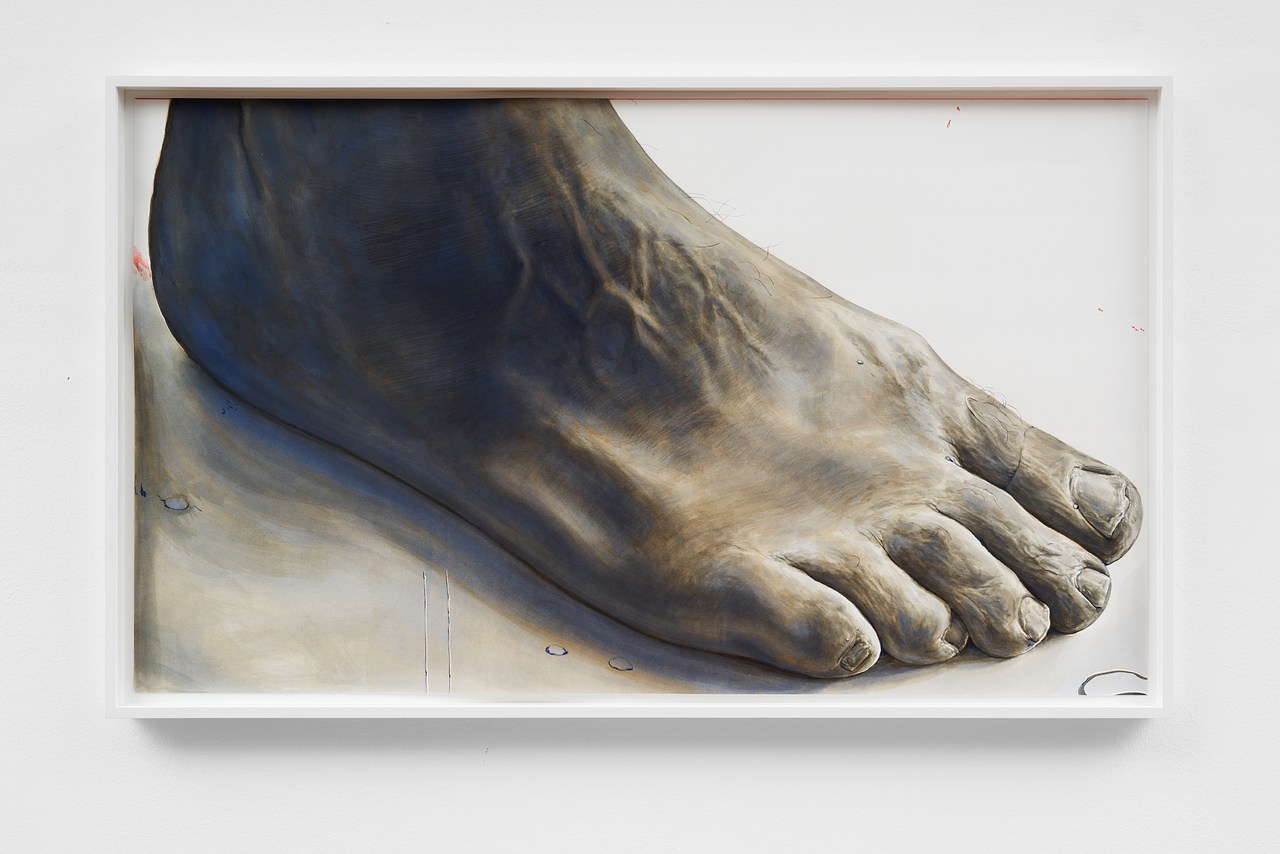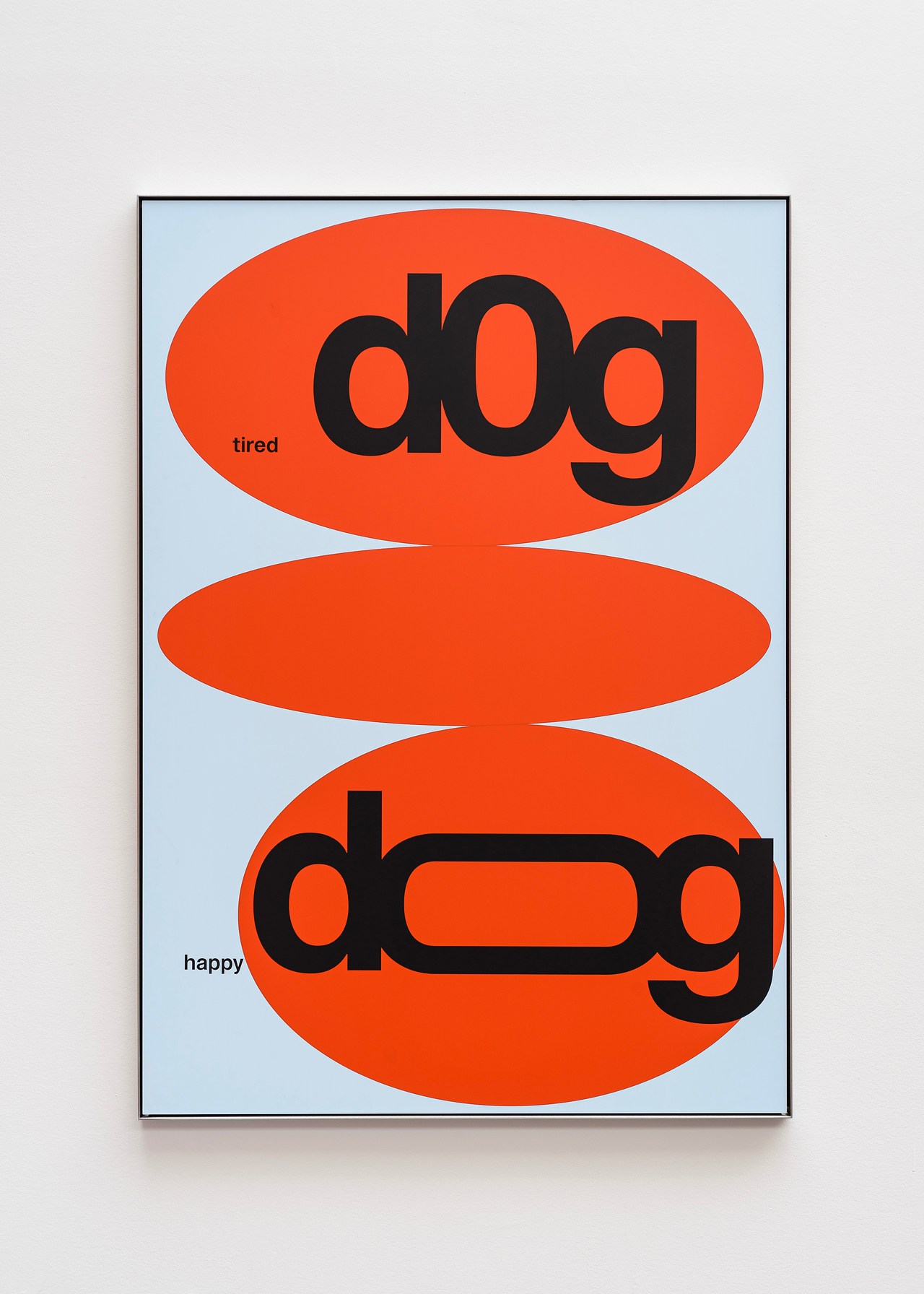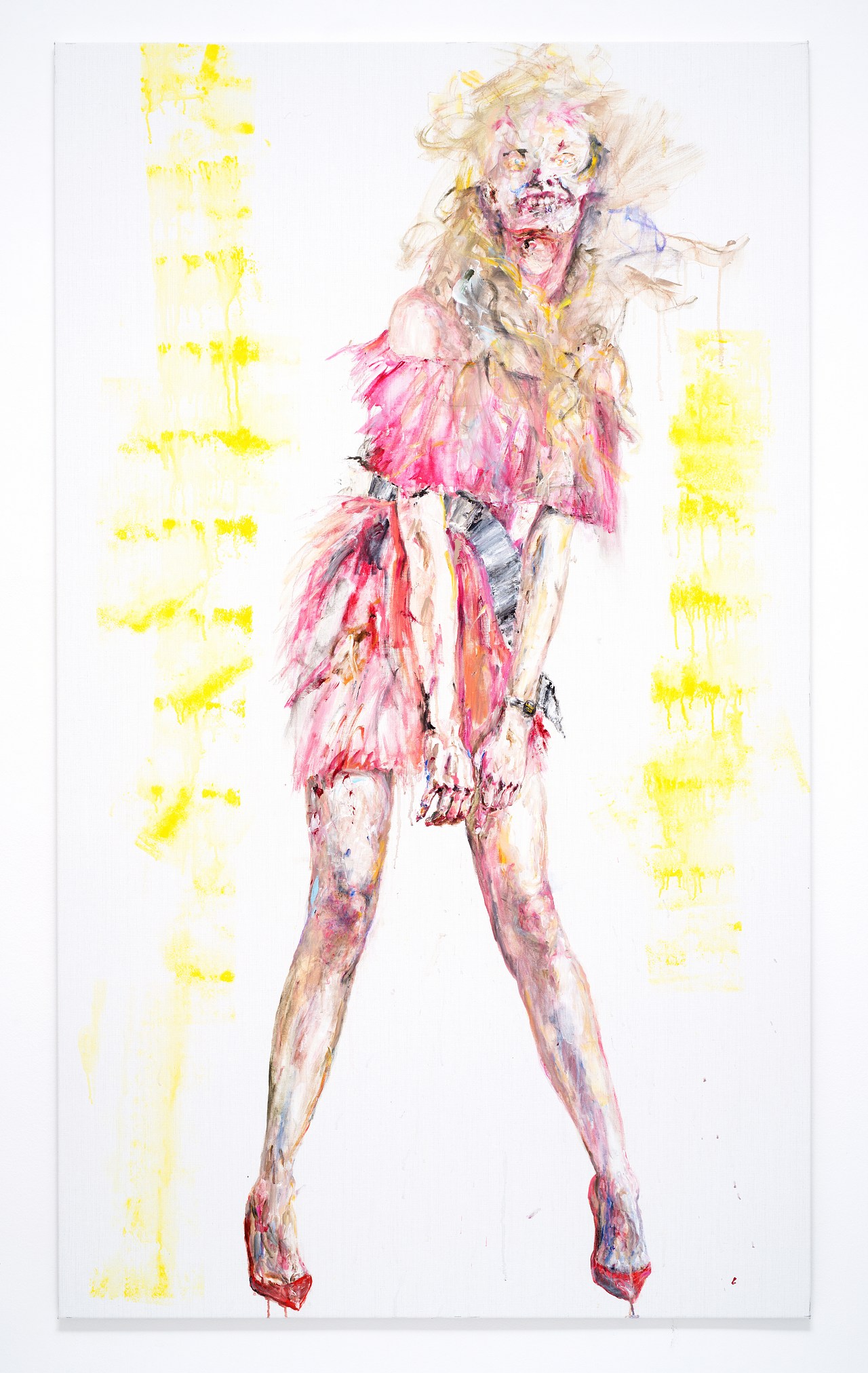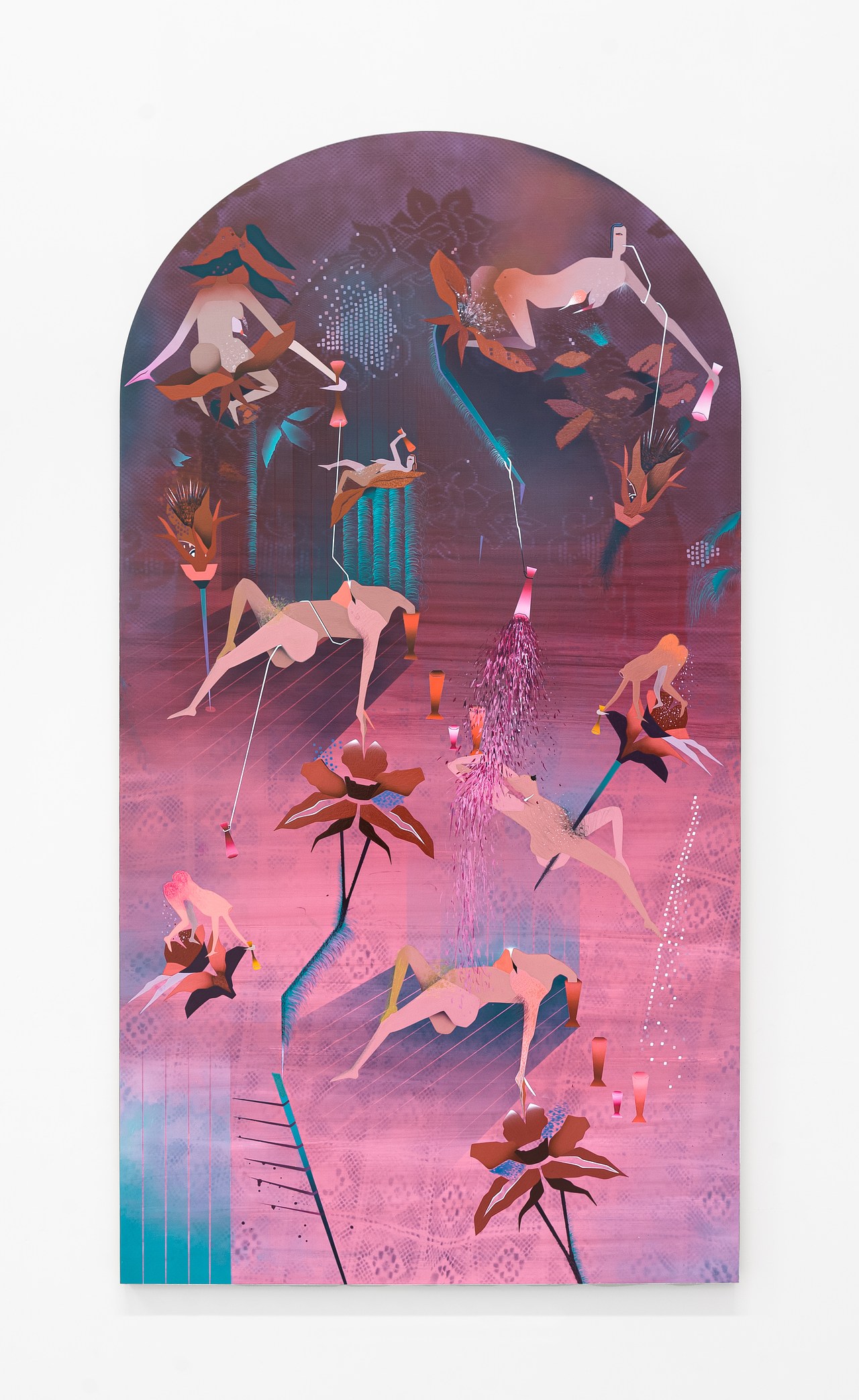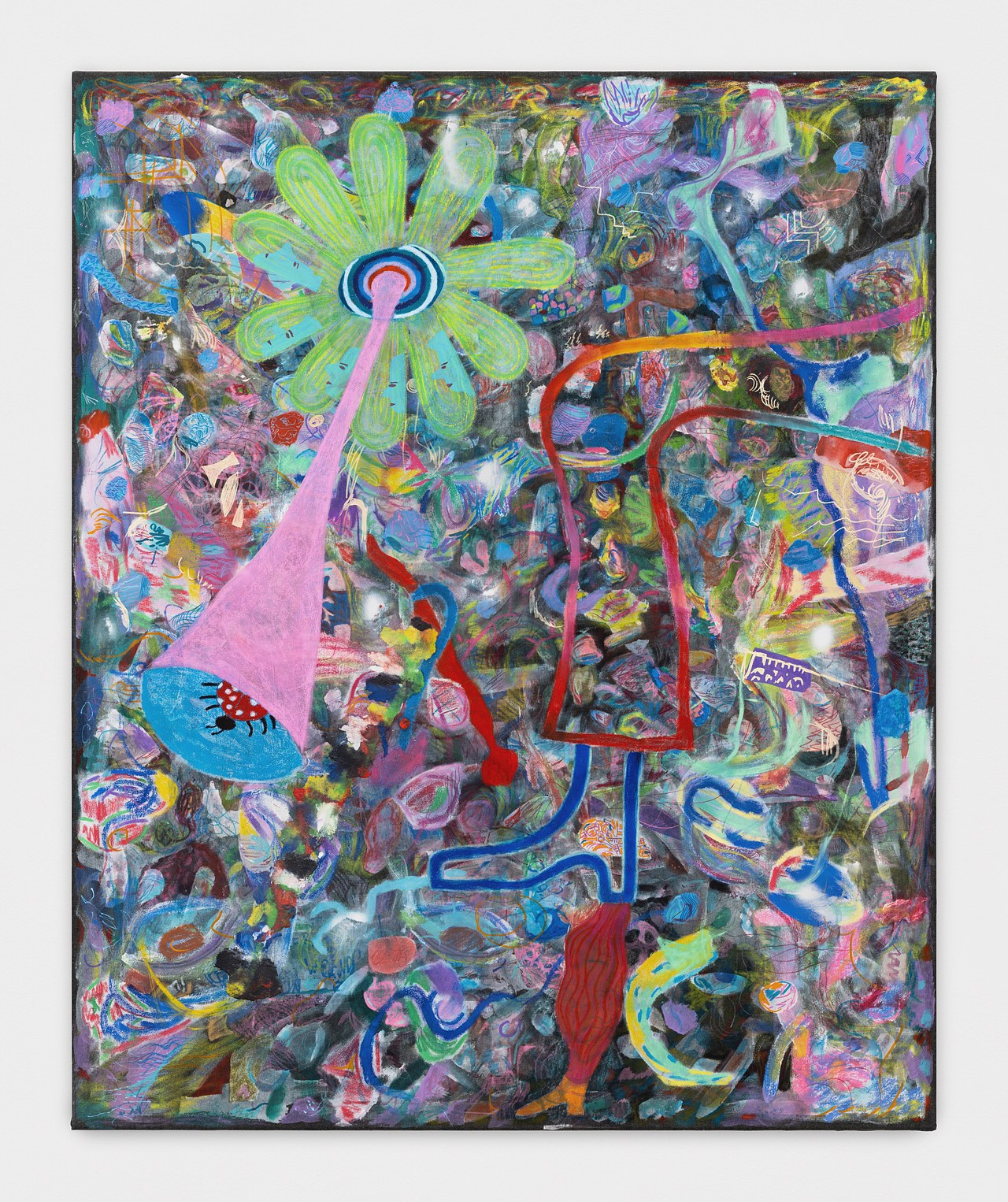Over the past five decades, Patricia Phelps de Cisneros and her husband, Gustavo A. Cisneros, have amassed one of the world’s most significant collections of Latin American art. They are among the very few collectors to have appeared in every edition of the ARTnews Top 200 Collectors list. A longtime trustee of the Museum of Modern Art in New York, Phelps de Cisneros has donated more than 200 works to MoMA, and funded the establishment of a research institute on Latin American art there.
What is your earliest memory?
So many of my earliest memories are of my great-grandfather, the ornithologist William Henry Phelps (1875–1965), and his fascinating collection of tropical bird specimens. I remember spending time with him as a young girl in Venezuela, amazed at his drive to preserve the natural world. It inspired my awareness of the extraordinary level of care and detail needed to preserve a collection and make it available for study.
Where are you most content?
At our home by the sea with my love, my husband of 52 years.
Copyright
© Art News







